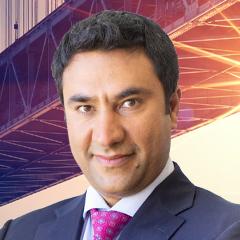California public and charter schools will be required by July 1, 2026, to set policies limiting or banning students’ smartphones at schools, after Gov. Gavin Newsom signed the Phone Free Schools Act into law Sept. 23.
The issue was discussed on a recent episode of EpochTV’s California Insider before the governor approved AB 3216. During the roughly 45-minute episode, a social media safety expert, a principal of a school that banned smartphones on campus last year, and one of the authors of the bill sat down with host Siyamak Khorrami.




